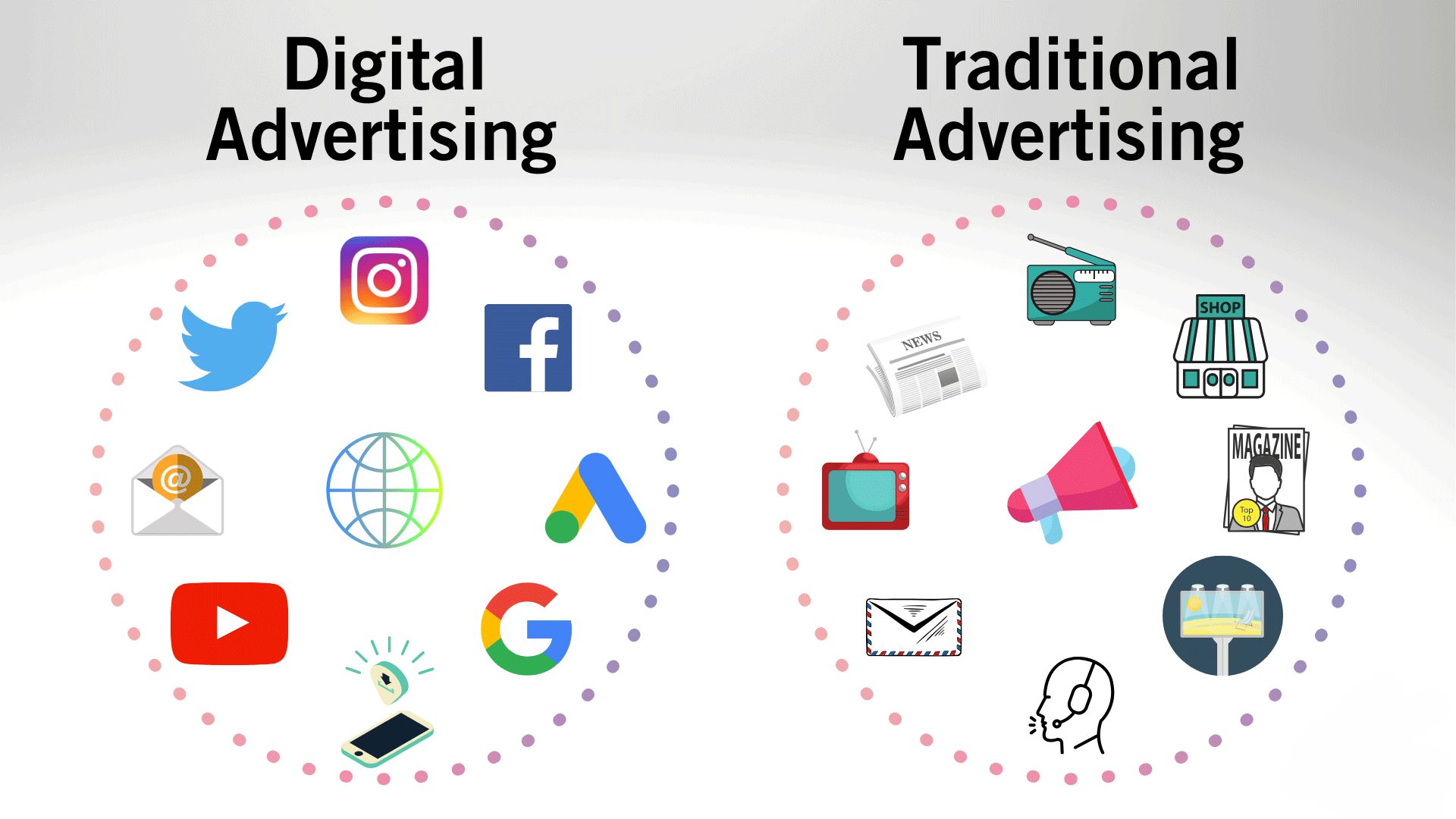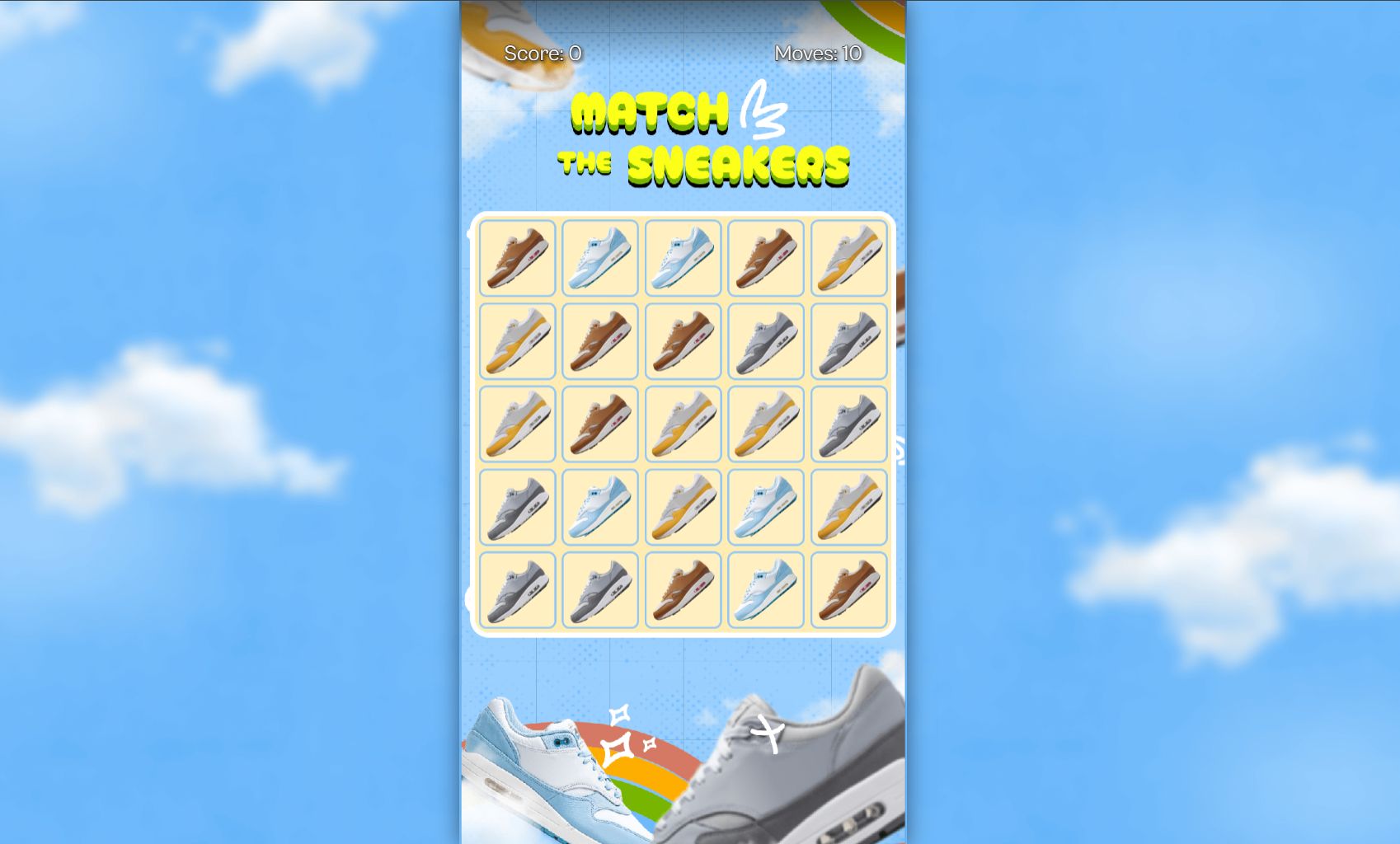In the fast-paced digital era, brands are constantly competing for attention. With shrinking attention spans and an oversaturated ad market, the age-old question has resurfaced with renewed urgency: which is more effective—interactive ads or traditional ads?
The ways brands communicate have drastically evolved, from television spots and banner ads to playable games and social media filters. In this blog, we’ll compare interactive ads with traditional formats, examine real-world data and case studies, and explore how platforms like PlayZo.io are helping brands gamify their way into the hearts—and clicks—of their audiences.

What Are Traditional Ads?
Traditional advertising encompasses formats like print (magazines, newspapers), TV and radio commercials, billboards, direct mail, and static online ads (banners, pop-ups). These are generally one-way communications where the audience passively consumes the message.
Pros:
- High reach potential (TV, radio)
- Familiarity and trust among certain demographics
- Good for broad brand awareness
Cons:
- Passive engagement
- Difficult to track effectiveness in real-time
- Higher production and placement costs (especially for TV/radio)
What Are Interactive Ads?
Interactive ads invite users to engage. This includes formats like gamified ads, playable demos, quizzes, polls, 360-degree videos, and augmented reality (AR) experiences. The core idea is simple: instead of telling, you involve the consumer.
Pros:
- Higher engagement and retention
- Real-time feedback and analytics
- More personalized and memorable experiences
Cons:
- Requires a creative and tech-savvy setup
- Can be more complex to implement without the right tools
By the Numbers: Engagement & Performance
Let’s talk data. Interactive ads are increasingly proving their ROI over traditional formats:
- A study by Magna Global and IPG Media Lab found that interactive video ads resulted in 47% more time spent with the ad compared to non-interactive video.
- Bannerflow reported that interactive ads can deliver up to double the conversion rate of static ones.
- According to AdColony, gamified ads show engagement rates nearly 6% higher than non-gaming formats. Click-through rates (CTR) jump to 28.8%, compared to the 3.9% average for static ads.
- A study by Marketing Dive found that users are twice as likely to remember a brand after engaging with an interactive ad versus a traditional one.
The bottom line? Interactive ads don’t just draw attention—they hold it.

Case Studies: Real-World Impact
Maybelline’s Lifter Gloss Campaign
Maybelline partnered with Activision Blizzard Media to promote its Lifter Gloss through gamified ad experiences. The result? Over 12 million plays, 100,000 daily visitors, and significantly improved brand perception.
Lieferando.de’s Holiday Game
The food delivery brand launched a seasonal mini-game where users matched food items for discounts. With over 1 million plays and an average of 30 plays per user, it became one of their most successful engagement campaigns.
Gymshark’s Interactive Challenges
Gymshark regularly engages users with fitness challenges and interactive content on their app and social media. These campaigns generate massive user participation and keep the brand top of mind.
Why Interactive Ads Outperform Traditional Ones
- Deeper Emotional Connection: Users who engage with content form stronger brand associations.
- Data Collection: Interactive formats allow for lead capture, behavior tracking, and audience segmentation.
- Higher Shareability: People are more likely to share a fun quiz or game than a banner ad.
- Brand Recall: Interactive experiences boost memory retention, making your message more impactful.
Enter Playzo.io: Gamified Marketing, Simplified
PlayZo.io is a next-gen marketing platform helping brands build, launch, and scale interactive mini-games and gamified experiences without writing a single line of code. With over 40 customizable templates—including spin wheels, quizzes, bubble shooters, sort shelf games, and product-based challenges—PlayZo makes it easy for businesses to create engaging campaigns.
What Makes Playzo Stand Out?
- No-Code Editor: Drag-and-drop tools let you customize game visuals, positions, sounds, and logic.
- Lead Capture Integration: Easily embed forms or reward systems that collect user data.
- Leaderboard Functionality: Foster friendly competition with real-time scores and rankings.
- Multi-Platform Compatibility: Launch games on your website, in-app, or on social media.
Example Use Case
A skincare brand launching a new vitamin C serum uses Playzo to create a game where users “match” ingredients to build the product. After completing the game, players receive a discount code and enter a contest. The result? Higher engagement, increased product awareness, and a surge in qualified leads.

When Should You Use Interactive Ads?
- Product Launches
- Holiday or Seasonal Campaigns
- Contests and Giveaways
- Customer Education (via Quizzes or Demos)
- Lead Generation Campaigns
Whether you’re a small brand or a global company, interactive advertising provides an edge. It’s more than a trend—it’s a shift in how audiences expect to interact with content.
Conclusion: The Verdict
While traditional ads still have their place—especially for awareness-based campaigns—interactive ads have become the gold standard for engagement. They drive better recall, higher participation, and stronger conversions.
Platforms like PlayZo.io make it easier than ever to integrate interactive experiences into your marketing stack. With customizable mini-games, built-in analytics, and lead generation features, PlayZo empowers brands to create unforgettable campaigns that actually perform.
Ready to level up your marketing?
Gamify your next campaign with Playzo.io—and watch engagement soar.